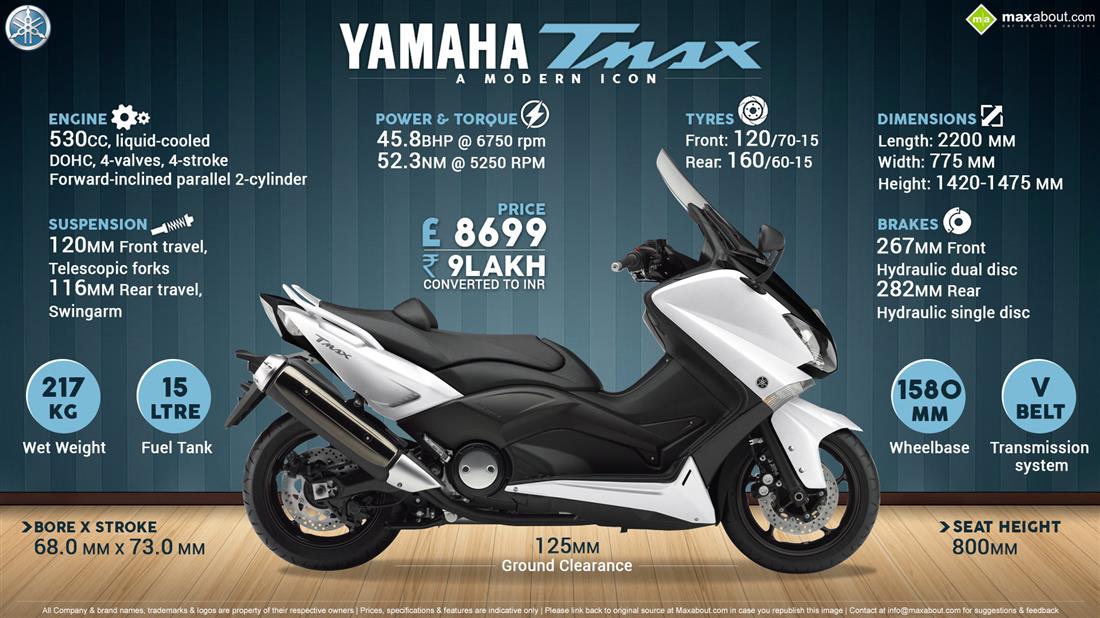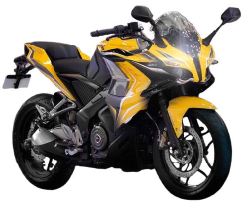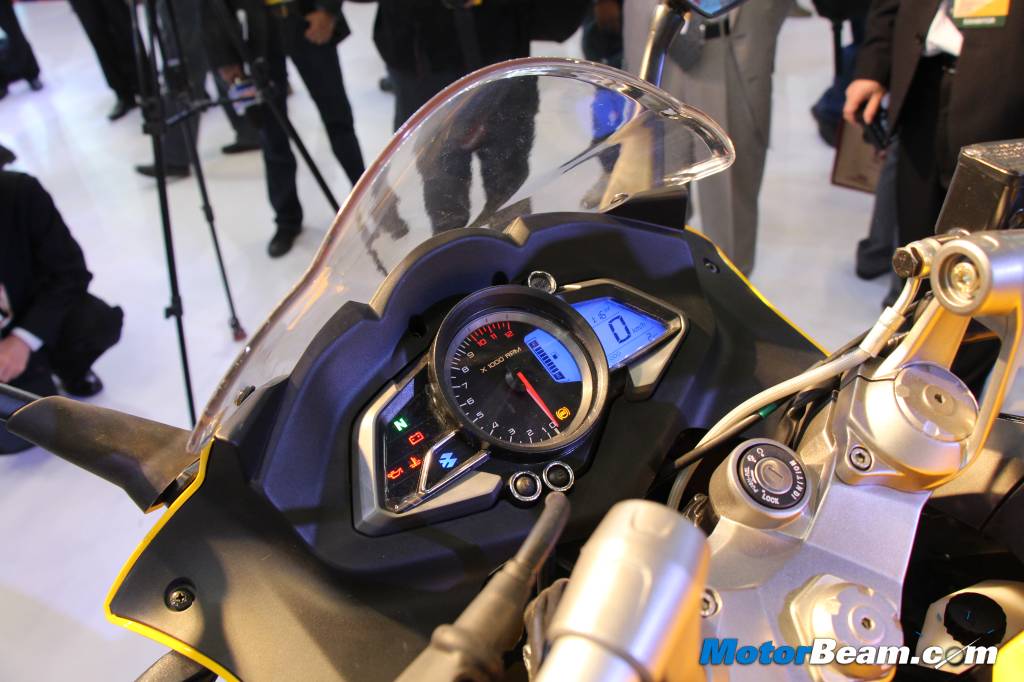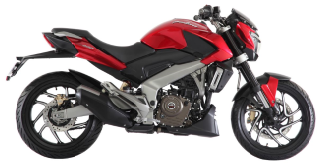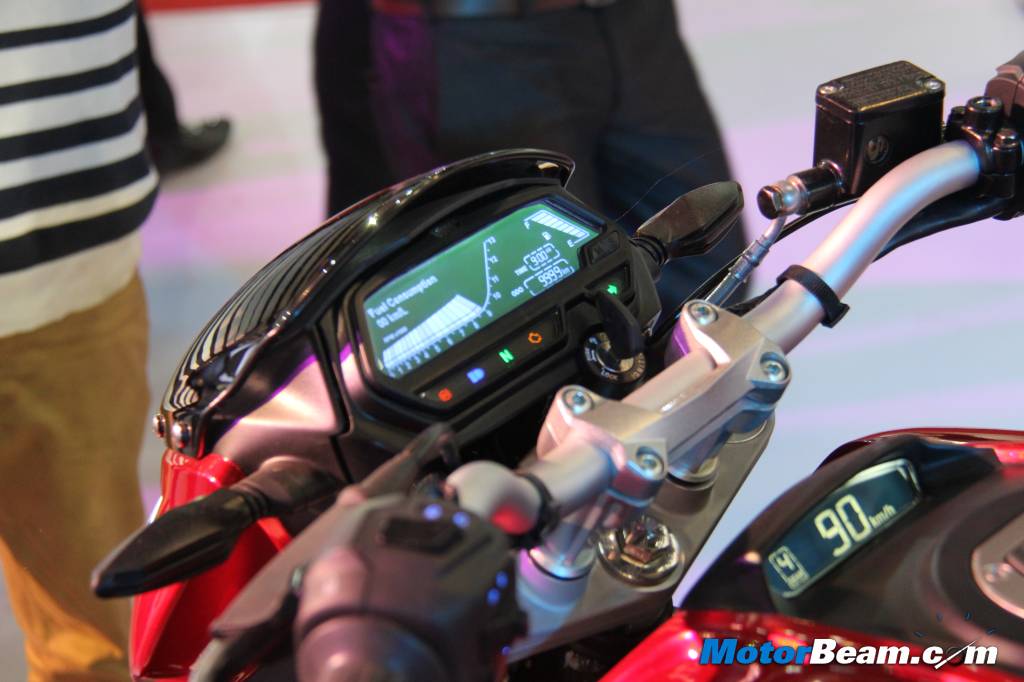Introduction
The 2014 Cadillac ATS is a compact luxury sport sedan with rear-wheel or all-wheel drive (RWD or AWD). It is designed to deliver world-class driving dynamics wrapped in signature Cadillac styling. Key competitors include the Audi A4, BMW 3 Series, Infiniti Q50, Lexus IS, and Mercedes-Benz C-Class.
The 2014 Cadillac ATS is a compact luxury sport sedan with rear-wheel or all-wheel drive (RWD or AWD). It is designed to deliver world-class driving dynamics wrapped in signature Cadillac styling. Key competitors include the Audi A4, BMW 3 Series, Infiniti Q50, Lexus IS, and Mercedes-Benz C-Class.
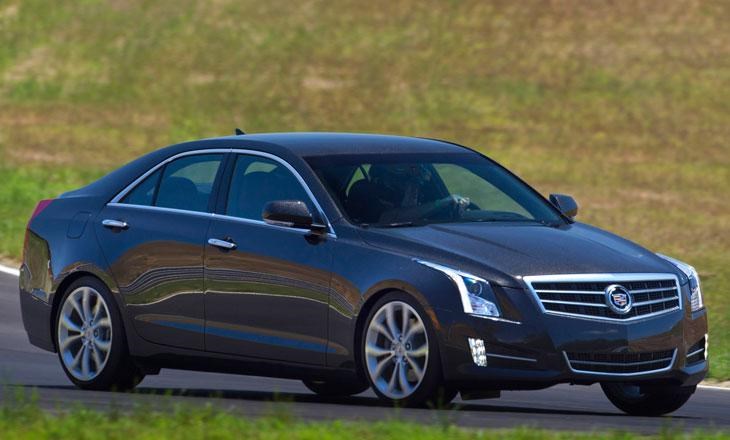 Models and Features
Models and FeaturesDepending on the engine installed under its hood, the 2014 ATS is sold as the ATS 2.5L, ATS 2.0L Turbo, and the ATS 3.6L. Further, Cadillac sells its vehicles with standard equipment that can be upgraded with a choice of "collections." In the ATS model's case, those collections are called Luxury, Performance, and Premium.
 Choose an ATS equipped with the Luxury collection, and the car includes leather upholstery, 8-way power-adjustable front seats with memory for the driver's settings, split-folding rear seat, Keyless Access passive entry, universal garage door opener, front and rear park-assist sensors, and a reversing camera. Luxury models also have a Cadillac User Experience (CUE) system with upgraded Bluetooth and satellite radio, remote engine starting, auto-dimming glass for the rearview and driver's side mirrors, upgraded grille trim, and polished aluminum wheels.
Choose an ATS equipped with the Luxury collection, and the car includes leather upholstery, 8-way power-adjustable front seats with memory for the driver's settings, split-folding rear seat, Keyless Access passive entry, universal garage door opener, front and rear park-assist sensors, and a reversing camera. Luxury models also have a Cadillac User Experience (CUE) system with upgraded Bluetooth and satellite radio, remote engine starting, auto-dimming glass for the rearview and driver's side mirrors, upgraded grille trim, and polished aluminum wheels.The Performance collection is offered for the ATS 2.0L Turbo and 3.6L, adding a premium surround-sound audio system, HID Intellibeam headlights, performance seats, aluminum pedals, illuminated door handles, and a Driver Awareness package of safety features.
Premium collection models have a navigation system, 110-volt power outlet, color configurable head-up display, Magnetic Ride Control performance suspension, limited-slip rear differential, upgraded engine cooling, and 18-inch forged aluminum wheels with summer performance tires.
Options and Packages
Each version of the ATS can be optioned with certain equipment from the next most expensive collection of features. Cadillac ATS buyers must purchase the Luxury collection model to access an expanded variety of interior color combinations plus a navigation system, Intellibeam headlights, heated steering wheel, Driver Awareness package, and 18-inch wheels. Performance collection models can be upgraded with a head-up display, Driver Assist package, magnesium shifter paddles, and 18-inch forged aluminum wheels. Exclusives to the Premium collection model include 18-inch polished forged aluminum wheels.
Under the Hood
Cadillac installs one of three engines in the 2014 ATS. The ATS 2.5L is equipped with a 2.5-liter 4-cylinder engine good for 202 horsepower at 6,300 rpm and 190 lb.-ft. of torque at 4,400 rpm. It is paired exclusively with a 6-speed automatic transmission and RWD, and is offered only with standard equipment or the Luxury collection. Paddle shifters provide manual control over gear changes.
A turbocharged, 2.0-liter 4-cylinder engine is installed in the ATS 2.0L Turbo, generating 272 horsepower at 5,500 rpm and 260 lb.-ft. of torque between 1,700 rpm and 5,500 rpm. A 6-speed automatic transmission with paddle shifters is standard, with a 6-speed manual gearbox available as an option. All-wheel drive is also available with this engine, which is offered with standard equipment and all three collections.
The ATS 3.6L is equipped with a 3.6-liter V-6 engine rated to make 321 horsepower at 6,800 rpm and 274 lb.-ft. of torque at 4,800 rpm. It is available only with a 6-speed automatic transmission driving the rear or all four wheels.
Fuel Economy
The most fuel-efficient ATS model is the 2.5L, which gets 22 mpg in the city, 33 mpg on the highway, and 26 mpg in combined driving. The least fuel-efficient ATS model is the 3.6L with AWD, which gets 18 mpg in the city, 26 mpg on the highway, and 21 mpg in combined driving.
All other powertrain combinations fall in between these two models, with AWD versions slightly less efficient than rear-drive versions. Notably, all three engines are designed to operate on regular unleaded fuel.
Safety Ratings and Technology
According to the National Highway Traffic Safety Administration (NHTSA), the 2014 ATS received an overall crash-test rating of 5 stars, the highest rating possible. Notably, the car gets a 5-star rating in each of the testing parameters, including for rollover resistance.
As this overview is written, the Insurance Institute for Highway Safety (IIHS) has not performed crash tests on the Cadillac ATS.
In the event that a collision does occur and the car's air bags deploy, the standard OnStar telematics system springs into action as long as the subscription is active (one year of service is included when the car is purchased new). The OnStar system includes Automatic Crash Response service, which puts the occupants of the ATS in touch with a person who can send rescue personnel to the car's exact location. Furthermore, OnStar offers a FamilyLink service that allows members of a family to remotely keep track of where the ATS is at any given time.
Optional safety features are primarily grouped into Driver Awareness and Driver Assist option packages. The Driver Awareness package contains rain-sensing wipers, rear seat side-impact air bags, lane-departure warning system, forward-collision alert, and a Safety Alert Seat. The Driver Assist package includes these items plus full-speed-range adaptive cruise control, Automatic Collision Preparation with Intelligent Brake Assist, Front and Rear Automatic Braking, side blind-zone alert, and rear cross-traffic alert.
Available Trims for the 2014 CADILLAC ATS Sedan
| Transmission | MSRP | Engine | City/Hwy MPG | |
|---|---|---|---|---|
| 2.5L | 6 speed automatic | $33,065 | 202-hp / 2.5L 4-cyl | 22/33 |
| 2.0L Turbo | 6 speed automatic | $35,095 | 272-hp / 2.0L 4-cyl | 21/31 |
| 2.5L Luxury | 6 speed automatic | $37,095 | 202-hp / 2.5L 4-cyl | 22/33 |
| 2.0L Turbo Luxury | 6 speed automatic | $39,095 | 272-hp / 2.0L 4-cyl | 21/31 |
| 3.6L Luxury | 6 speed automatic | $41,095 | 321-hp / 3.6L 6-cyl | 18/28 |
| 2.0L Turbo Performance | 6 speed automatic | $42,095 | 272-hp / 2.0L 4-cyl | 21/31 |
| 3.6L Performance | 6 speed automatic | $44,095 | 321-hp / 3.6L 6-cyl | 18/28 |
| 2.0L Turbo Premium | 6 speed automatic | $45,095 | 272-hp / 2.0L 4-cyl | 21/31 |
| 3.6L Premium | 6 speed automatic | $47,095 | 321-hp / 3.6L 6-cyl | 18/28 |


 the Tacoma has numerous body styles including regular, extended and crew cab, which provide seating for up to five passengers.
the Tacoma has numerous body styles including regular, extended and crew cab, which provide seating for up to five passengers.
 As with the TACOMA, the Frontier's size simply makes sense for some buyers. Other positives include the array of available trim levels like the Desert Runner package, which gives a four-wheel drive look to 4x2 Frontiers. Extended and crew cab body-styles are offered, though higher trim is available only on the latter.
As with the TACOMA, the Frontier's size simply makes sense for some buyers. Other positives include the array of available trim levels like the Desert Runner package, which gives a four-wheel drive look to 4x2 Frontiers. Extended and crew cab body-styles are offered, though higher trim is available only on the latter.
